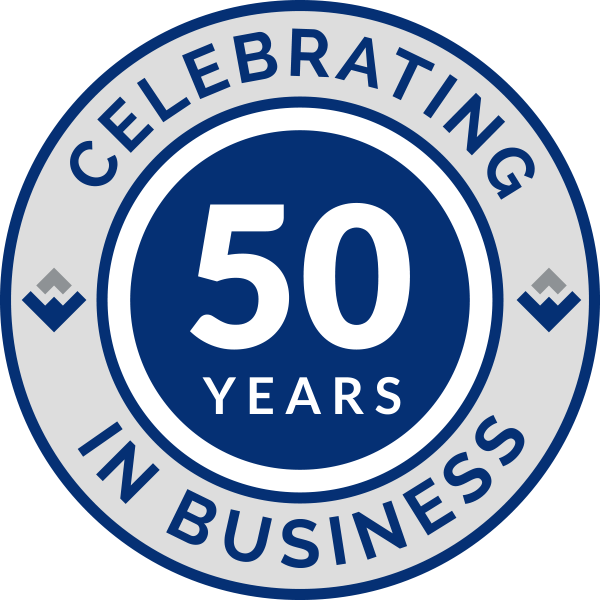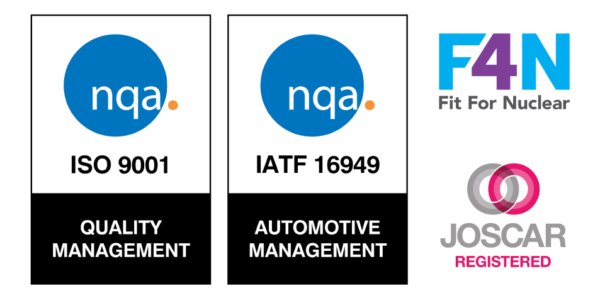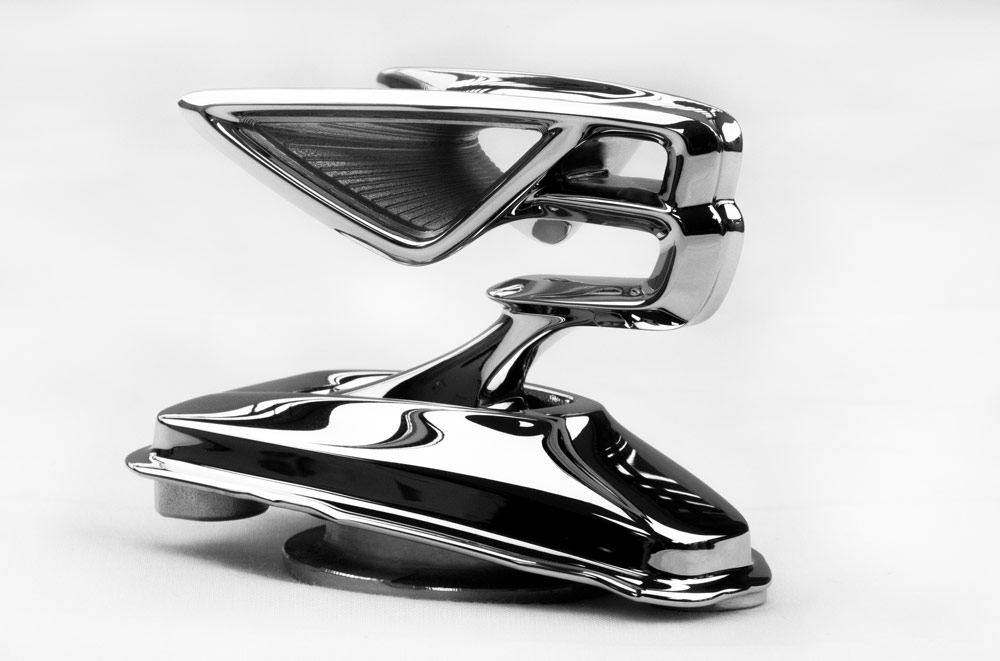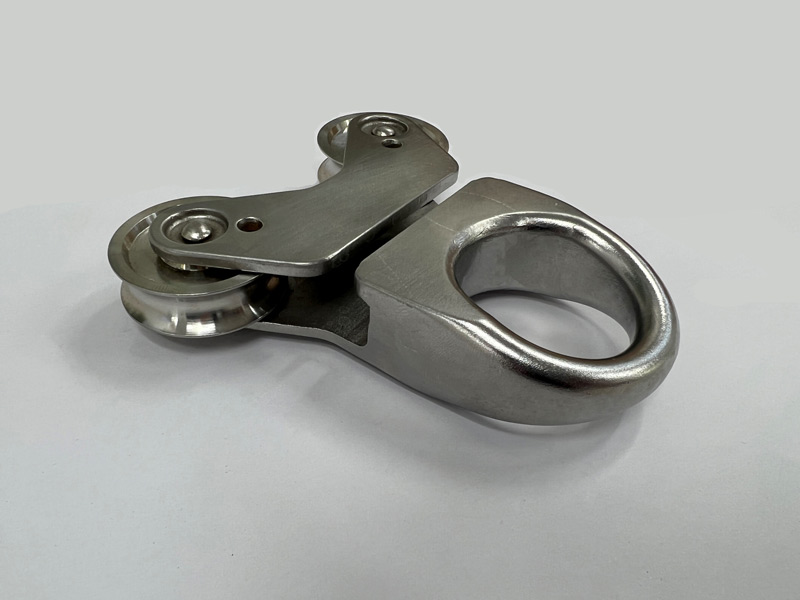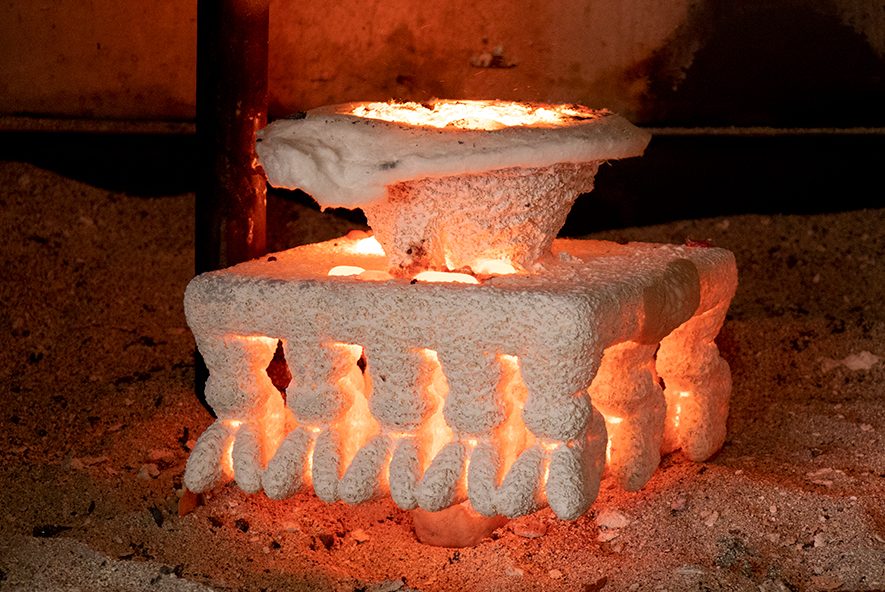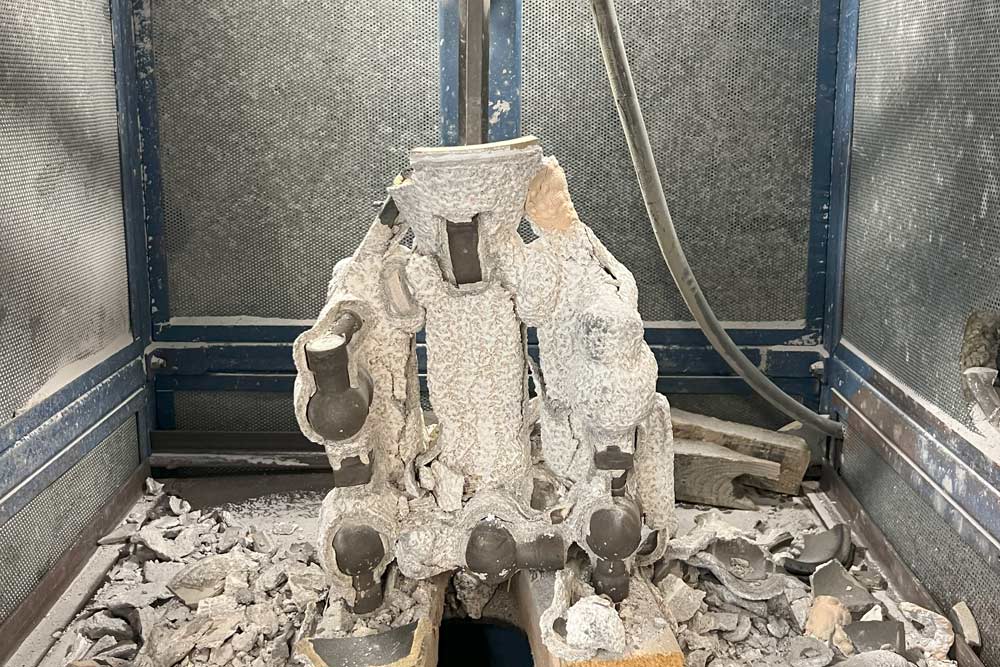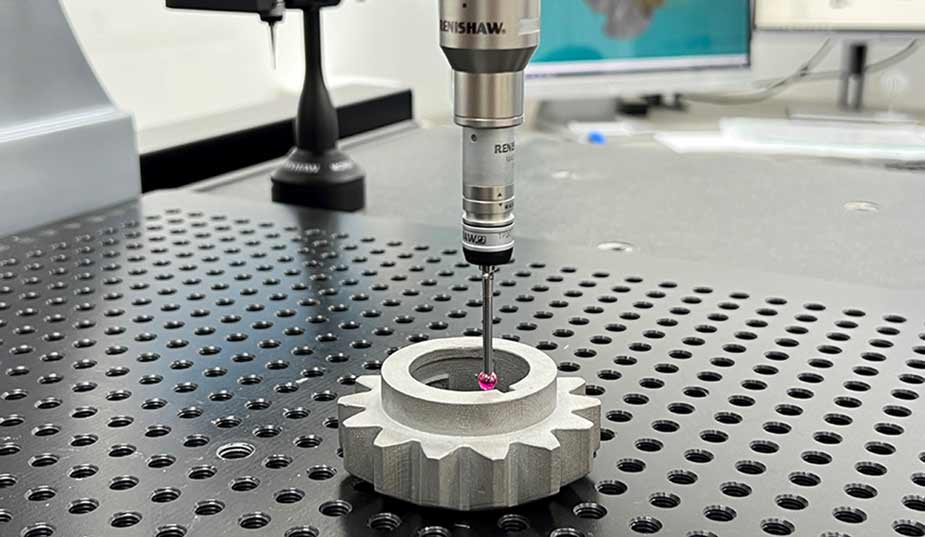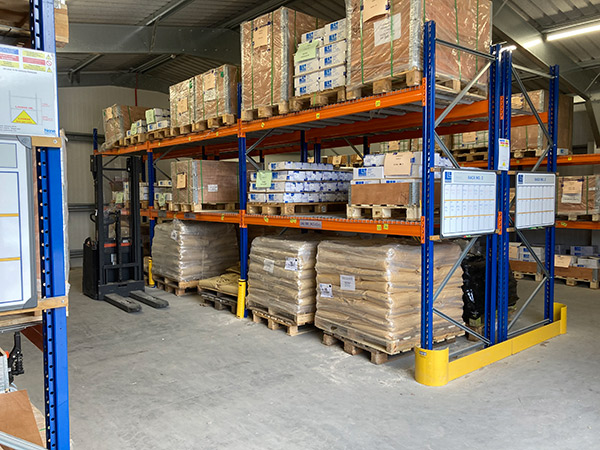What Is Precision Casting?
Precision casting is a term which is sometimes used to describe investment casting (also known as lost wax casting). The near-net shape and complex geometry parts that can be produced from the investment casting process makes it the ideal manufacturing process for components across a wide range of industries.
Investment casting (also known as Lost Wax Casting & precision casting) is a manufacturing process that allows us to produce a replica metal casting from a wax pattern. The wax patterns for investment casting can be manufactured by traditional methods (using a wax injection mould) or by 3D printing. The Investment casting process is an method of coating the wax patterns in several coats of ceramic, before melting away the wax pattern to create a shell. This shell is then filled with molten metal to produce the new metal casting.
